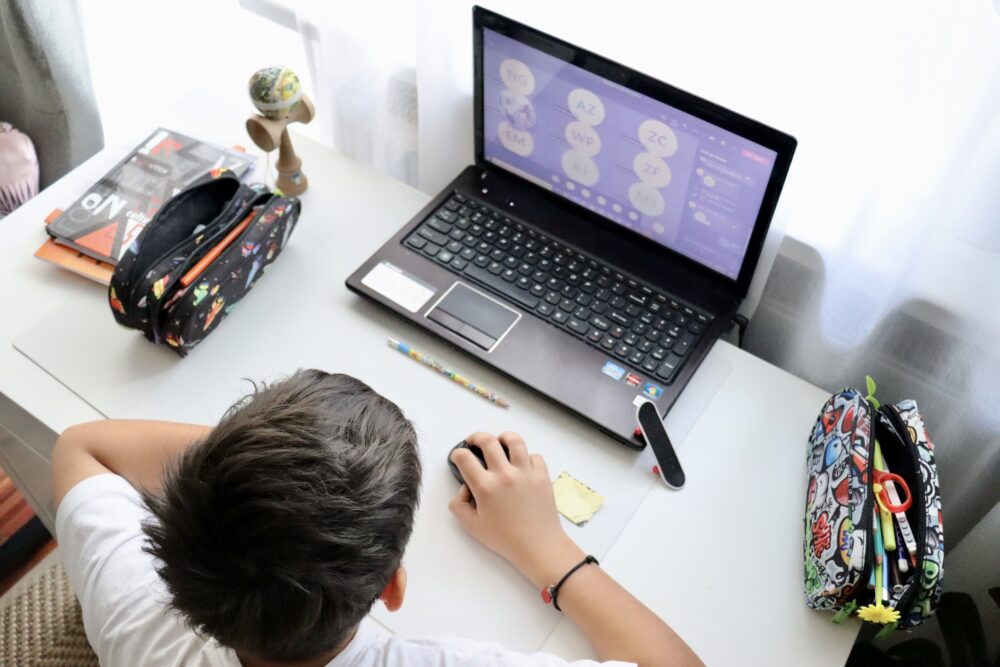Augmenting PCs with cloud, 5G and AI that offer smart, personalised experiences are expected to raise the bar
Dubai, Jan 25, 2022: Edtech-focused products and solutions in classrooms across the GCC have seen an increased demand, contributing to digitisation in learning methodologies, integration of tools such as Google Classrooms and Phoenix Classrooms, use of PCs that do more than just work and adoption of Artificial Intelligence- (AI) and Machine Learning – (ML) enabled solutions.
Interactive display solutions, education document cameras and business inkjet printers are driving interactive learning and collaboration among students while supporting social distancing in classrooms.
Meanwhile, PCs have re-established its relevance in learning. According to Yahya Kassab, Director of Sales – Public Sector UAE, Dell Technologies, with the large-scale digital migrations in global education in the last two years, the market has witnessed the revival of PCs, a product most tech pundits thought would be extinct by 2020.
According to IDC, worldwide shipments of traditional PCs (desktops, notebooks, and workstations) reached 92.7 million units during the fourth quarter of 2021 – a growth of 1 per cent over the same quarter in 2020. By 2025 the PC category as a whole is expected to grow by 3.3% driven by notebooks.
“AI will make PC usage more seamless, customized and hassle-free. It will solve common tech challenges and help students manage studies, assignments and class work seamlessly from anywhere,” adds Kassab.
Augmenting PCs with cloud, 5G and AI that offer smart, personalized experiences are expected to raise the bar.
Geoffrey Alphonso, CEO, Alef Education says, “We see a widespread increase in the adoption of distance learning through digital platforms and could potentially be a primary method of delivering lessons in the years to come. Robotic teaching assistants will also be a ubiquitous presence in schools.”
According to the study by Report Linker, a global market research company, the Middle East and Africa edtech and smart classroom market is estimated to grow to Dhs26 billion by 2027. Another study by IDC earlier this year found that 72% of Gulf educational institutions brought forward their digital initiative roadmaps by at least a year. As a result, global suppliers have seen huge increases in subscribers in the region, and the UAE is now one of the fastest growing markets for edtech.
Abdulnassir Ali, Sales Manager – Visual Imaging Solutions, Epson Middle East says that there was a 232% year-on-year increase in online sales for printers for the period April 2020 – March 2021. In-home learning increased the need for home printing devices, he adds.
Education document cameras with live projection of 3D objects are in demand for a better engagement between teachers and remote students. According to Ali, teachers are combining interactive projection, white boards and flip charts for more flexible, interactive lessons.
Indranil Bandyopadhyay, General Manager, Almoe Digital Solution LLC, says, “We noticed a substantial demand for virtual classroom management solutions as it was difficult to manage students virtually with just remote teaching.”
According to Kassab, digital in the classroom is here to stay. “Much of the digital evolution that we witness in classrooms today is inevitable. In schools, edtech solutions in the form of virtual collaboration and data synchronisation tools have created opportunities to transform the learning experience and prepare students for a digital-first world,” adds Kassab.
However, providers are also of the opinion that creating flexible financial options for educational organisations will be the key to future transformations.
“In this time of accelerated changes, we are increasingly seeing a demand for a pay-per-use consumption model within the education sector. Offering a collaborative learning experience in today’s digitally advanced classrooms means schools and universities have to contend with mounting IT costs, frequent upgrades and related tech support,” says Kassab.
“As-a-service procurement models empower education leaders to prioritize digital progress, enabling IT departments to break free from the constraints of rigid vendor service agreements that can prevent them from providing essential digital tools in a timely manner. Ultimately, this frees up educational organisations to move from a strict apex model to an agile pex [operating expenses] approach, through which they can make decisions that are always focused on long-term learning outcomes and not restricted by immediate cost limitations,” adds Kassab.
Technologies that were in demand during remote learning are expected to continue to support students as they get back to in-person classes.
According to Bandyopadhyay, unified Communications (UC) solutions, video conferencing devices and advanced collaboration tools are now a part of the ecosystem that are making hybrid education simple and will be a go to product for many education service providers.
The adoption of AI and ML enabled solutions are also expected to pick up. “From the ubiquitous personal computer to monitors to Artificial Intelligence and Machine Learning enabled solutions, educational institutions in the Middle East region are the early adopters of collaborative technology,” adds Kassab.








